By Federico García Barba
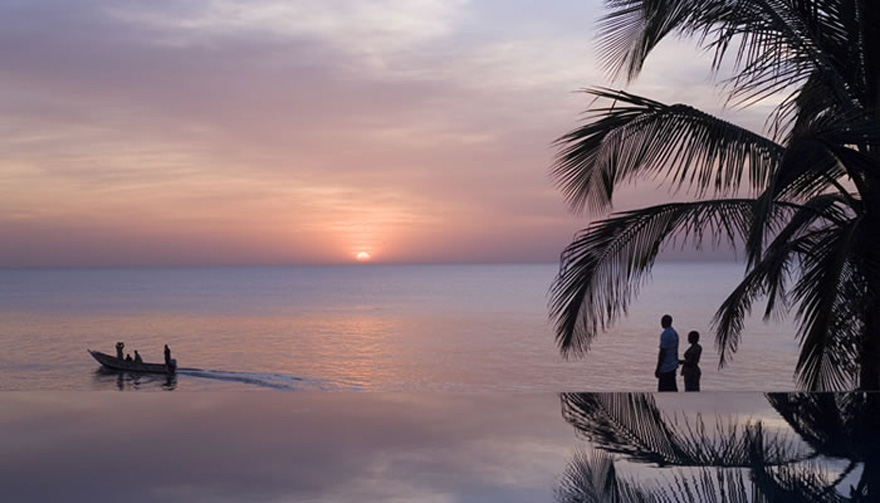
Villa Mercure, Dakar. Koffi & Diabate Architects, 2003
In Europe it is usually topical African vision, a continent of enormous natural wealth, with highly unequal societies and devastated by extreme poverty. Probably, is a reflection of our radical ignorance of the realities that actually exist in these countries. Surprisingly, and from stereotypes, There oasis of sophistication that are clearly related to local leadership groups and taste associated with the availability of a lot of money.
The American sociologist, Richard Sennett expone en su latest book, the scope and opposite effects of two forms of human performance, Competition and cooperation, that define and stratify individual development and societies. Naturally, Sennet advocates the need to return to a culture of greater cooperation.
His thesis developed according to the latest findings in the field of biology and ethology, establish a segmentation into four forms of behavior in the exchange that occurs between animals. Altruism would, considered as the nobility of giving without expectation of reward; those attitudes in which everyone wins, zero-sum game in which some get more than others and those others in which there is only one winner takes all and the other participants lost without any compensation.
According to him, against the progressive extension of existing cooperative attitudes in the past based on altruism and profit for all, today, and for a few decades, competitive behavior have been imposed as a dominant and hegemonic in most societies and cultures.
One consequence of that preeminence competition devastating human behavior is the progressive increase of collective inequality locally and globally. Today, everywhere, widens the difference in purchasing power and access to goods between different population strata dela. Reconstituted gradually re gone again a minority elites increasingly hogging a greater volume of resources.
From the distance, perhaps we can interpret that this process is expressed in African countries in a more poignant if possible. We interpret that postcolonial societies introduced in Africa in the last century, backwardness and exemplify the most egregious inequality. Most of the nations situated below the Sahara desert today still represent the eyes of a Westerner a high level of social disorganization, injustice and suffering.
Another element that could confirm this pessimistic view of Africa is the appearance of luxury and sophistication levels unparalleled in parts of these countries, stimulated by small social groups that try to differentiate strongly against realities of a long and excruciating poverty. There, in these countries, tiny oasis live wealthy characterized by an aesthetic of opulence, almost first world, with extreme difficulty spaces where basic survival is the primary concern.
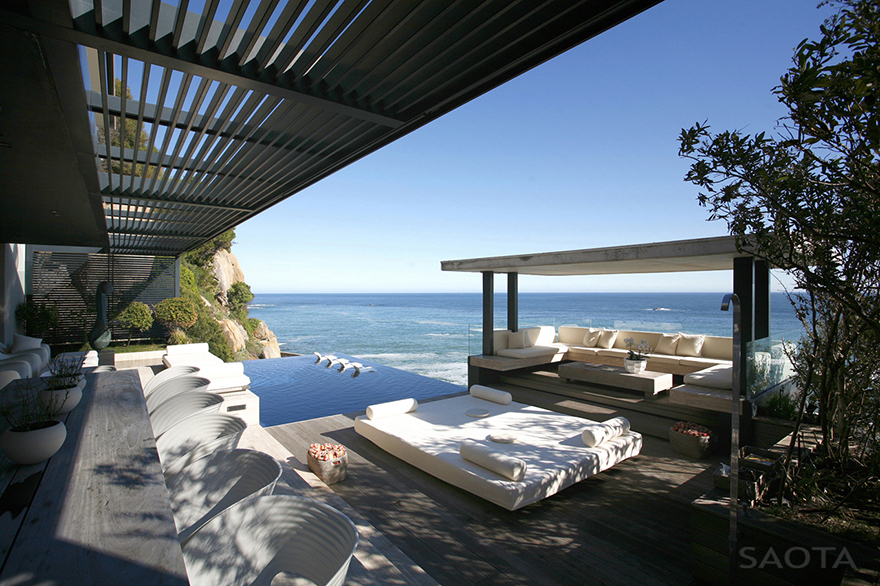
Landscape surroundings of Villa Victoria 73. Cape Town. Saota Architects, 2010
African elites have experienced in recent decades a remarkable cultural evolution. Facing the generation of dictators and kings who dominated the constitution of the new country and overcoming the colonial, their descendants have better preparation, derived from its path by prestigious European and American universities. The new leaders now have a deeper understanding of existing cultural models in the more advanced countries. Because it extends playback models known in the art the distinction search and sophisticated luxury.
Perhaps Pierre Bourdieu can help us understand these phenomena. In his book The distinction of 1979 already indicated that educational institutions have an effect allocation status among their participants, thus producing some recognition by cultural nobility titles. Thus, African elites of second and third generation strongly involved in establishing brands of distinction. Borders intangibles that settle in a cultural and aesthetic knowledge which provide a shield segregating indirect. The distinction from the rest of the population is produced by possession thus artistic elements differential symbolic.
In this architecture differentiating process represents a core value that is essential. The domestic sphere is the main stronghold for the establishment of elite distinction marks. Thus, is curious to note that the new mansions and villas that are being built in some countries with emerging economic development process as South Africa, Senegal, the Ivory Coast, already have a high degree of formal alignment with those made in the more developed regions of the world.
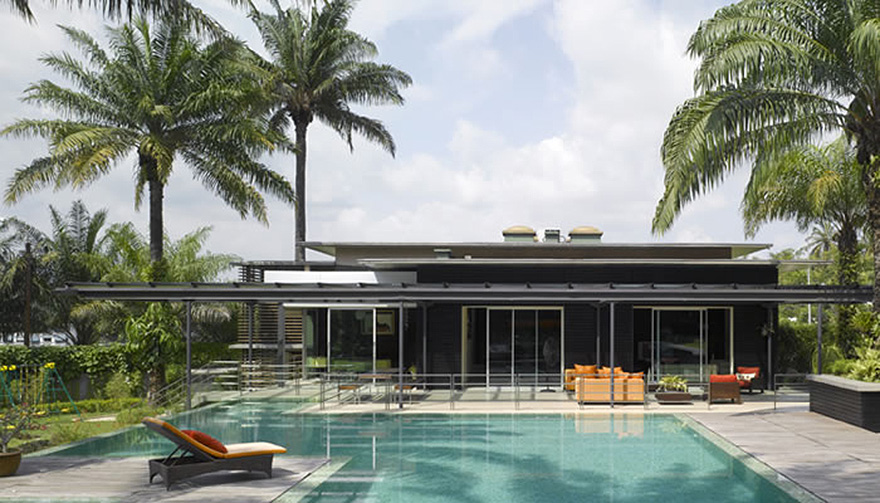
Outdoor Garden. Villa Pluto. Abidjan. Koffi &Diabate Architects, 2008
In the mid-twentieth century aesthetics extend a rational order and volumetric simplicity sophistication which would be expressed by the use of unique materials chosen and the creation of open spaces open to its natural environment next. I mean stylistic proposals that are associated with the architecture of Mies, Neutra and Jacobsen who have served as a model for this architecture that has ended as an expression imposed majority of financially powerful elites, those that are located in urban centers of greater concentration of wealth.
Against Miami islands and protected and guarded gated communities that extend across America, in Africa this drive enclosures expressed in individual houses exclusive seclusion. It uses both the use of more expensive materials and expensive and import enormous difficulty as the use of local craftsmen and artists in the decorative accessories with a high level of formal and visual quality.
Architectures are generated so bright that stand out for the perfection of its finishes and decorative sophistication. In these houses is also a recurring resource landscape exclusive appropriation involving bounded sea views. The supplement to the pool is a tick sheet that occurs in almost all new villas shown internationally. The use of marine horizons vision offers a valid alternative to the lack of care and preserved natural environments.
In these works is remarkable also the emphasis on the generation of shadow. This is a basic resource in tropical, reflected in the provision of giant parasols and thus attenuating the effect of radiation to the outer surfaces increasing covered. Another key element is the climate response that occurs through the constant relationship between interior and exterior spaces in which recent work as functional extensions available estanciales expanding surfaces. The generation of cross ventilation, narrow bays studied orientations relative to sunlight also contribute to improving comfort conditions in these buildings.
Some examples of residences made in Africa by local architects may serve to illustrate this phenomenon. It works for the group performing African architects SAOTA, formed by Stefan, Antoni, Olmesdahl y True, and they can be fairly representative in this respect. As with the call Victoria House 73 held in Cape Town. A magisterial intervention leverages a rugged landscape conditions suburb of that city.
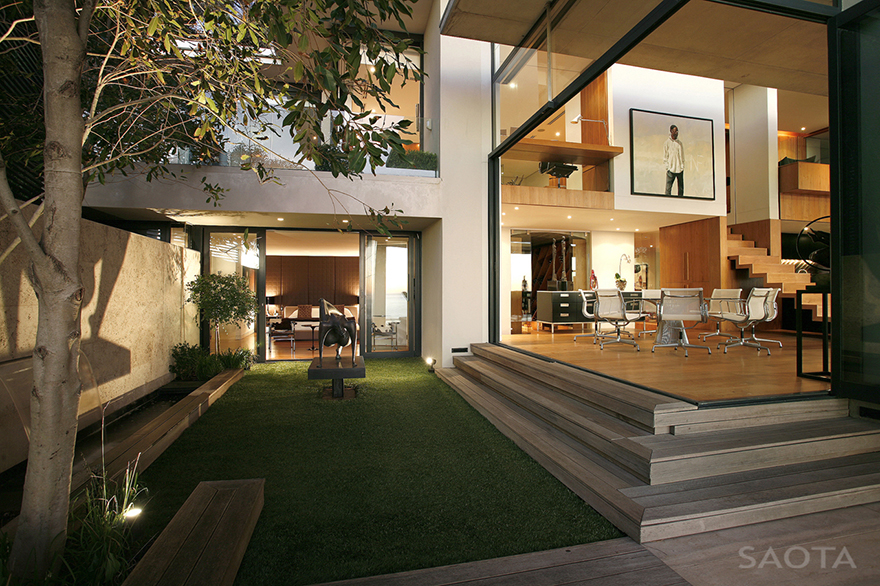
Outdoor area linked to the area to stay. Villa Victoria 73. Cape Town. Saota Architects, 2010
Also producing equipment Guillaume Koffi e Now Diabáte along the West African coast, from the city of Abidjan- with achievements in Gabon, Ghana, Benin and, course, in Ivory Coast.
An example of his style is the Villa Pluto in Abidjan, in which extensive use is made of metal structures reminiscent of the aesthetics California Case Study Houses of the years 50 and 60 twentieth century. They can also recall some works of Richard Neutra. Large umbrellas interpenetrating with the lush greenery of the garden accompanying sophisticated pieces of furniture and other decorative accessories.
Both teams have carried out two mansions in the Senegalese city of Dakar, trying to interpret the local idiosyncrasy through its formal integration into the aesthetic uniformity to which reference is made in this comment.
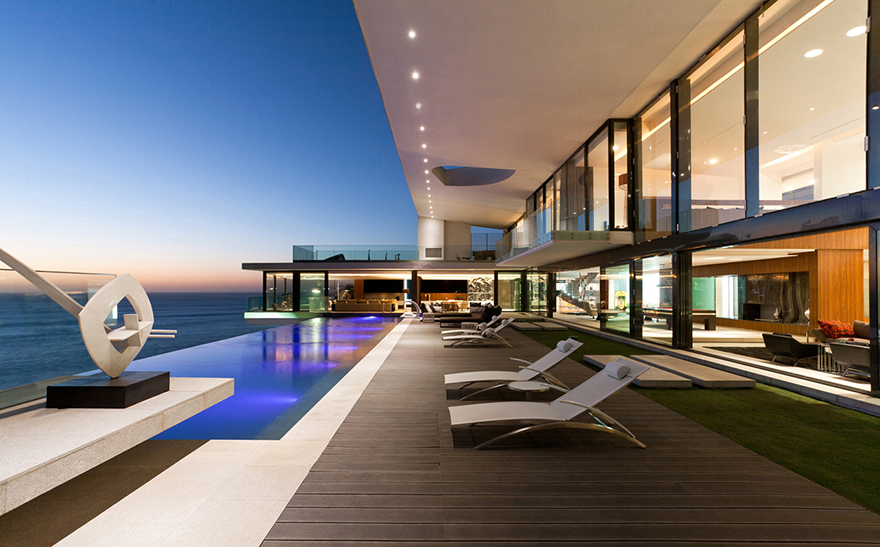
Outdoor terrace of the Villa Sow. Dakar. SAOTA Architects,
For example, on Villa Sow by SAOTA just outside the city, this poses a huge double-height space waterfront. The pool rectangular sheet is parallel to the coast chairing the huge terrace. There, in its interior, proper integration available with adjoining garden view, highlighting the colorful combination of materials and vegetation.
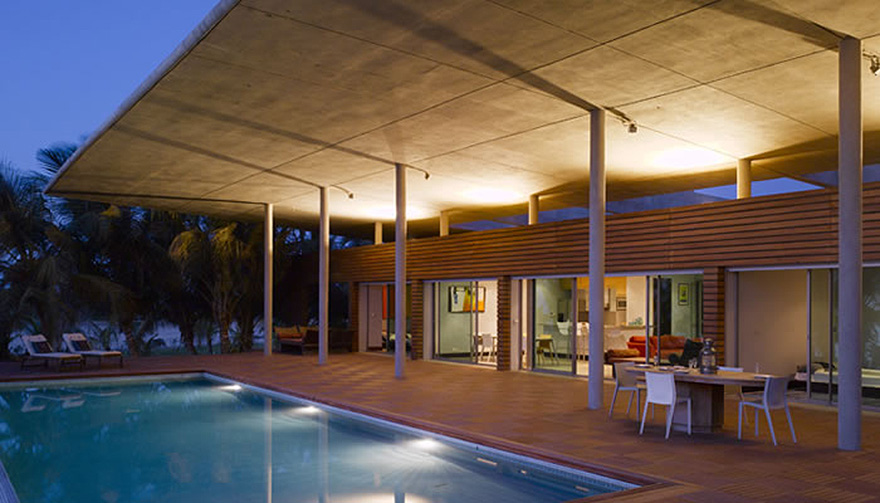
Parasol on the editions. Villa Mercure. Dakar. Koffi & Diabate Architects, 2003
The Villa Mercure de Koffi and Diabate represents a distillation of the ideas collected by these architects in the architectural treatment of the family home. In this house there is a huge concrete sheet parasol on the rectangle occupying the interior spaces. This entails a large covered terrace and shaded which is a direct extension of the interiors and pleasant. Oceanfront pool provides the usual parallel sheet in dialogue with the horizon. Using a wooden coating and tinted glass voids powerful attenuates the effect of sunlight and excess curious luz.Son the enormous similarities of these works with those made in other parts of the world. In many cities are being formed insulation ghettos most gifted reserved for economically.
For example, in Miami Beach is for sale right now one of the most expensive homes U.S.. His promoter tried to set it has built among these new fortunes constantly emerging in the world of sport and entertainment industry, between actors in film and popular music. His style could also clearly framed within the aesthetic coordinates of this movement almost global.
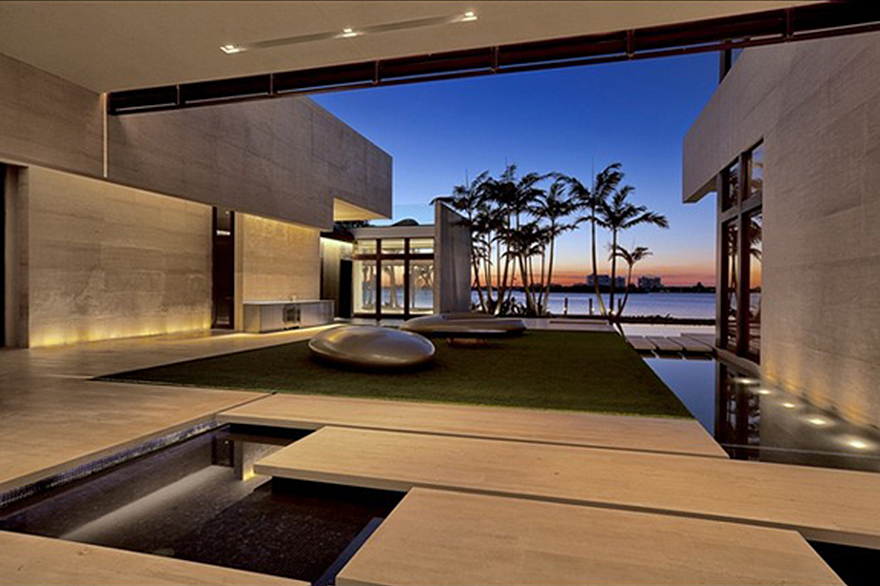
The mansion that has the sales record 47 million $. 3, Indian Creek. Miami.
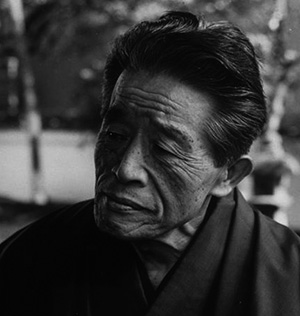


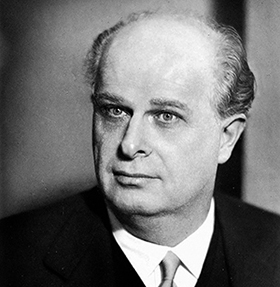
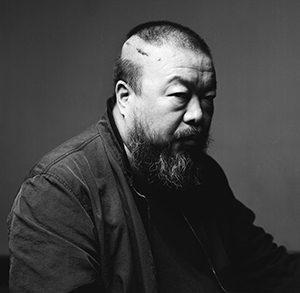
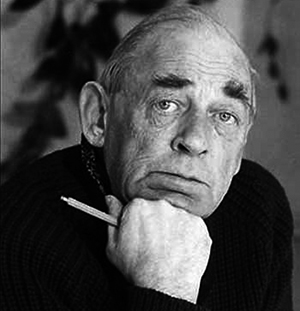
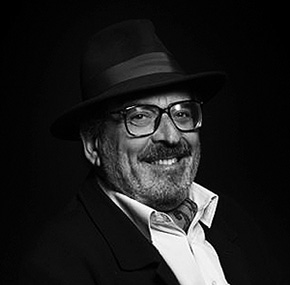
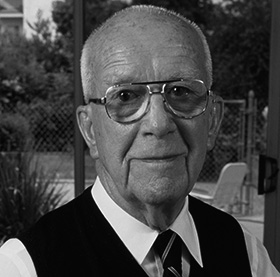
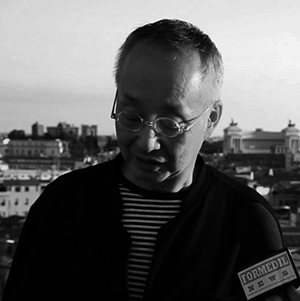
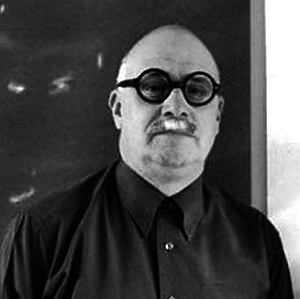
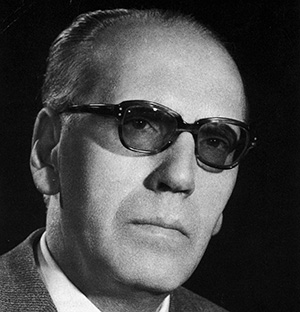
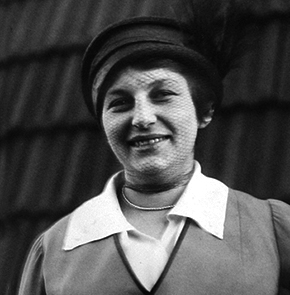
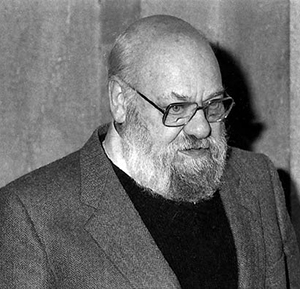

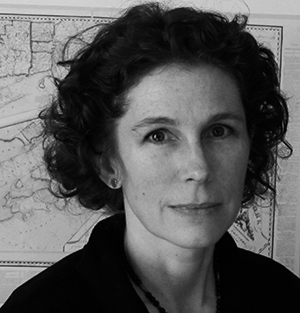
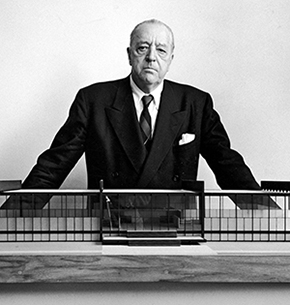

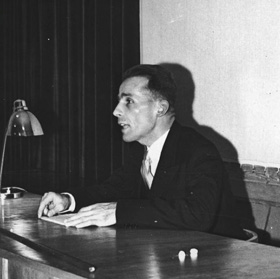
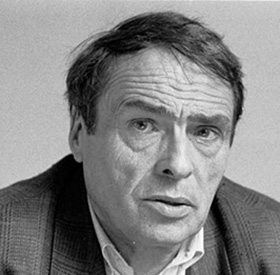
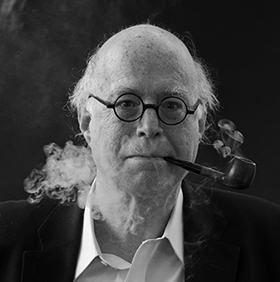
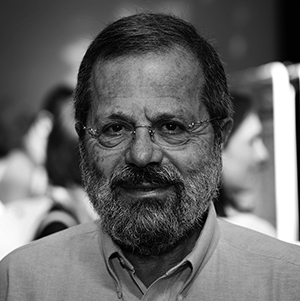
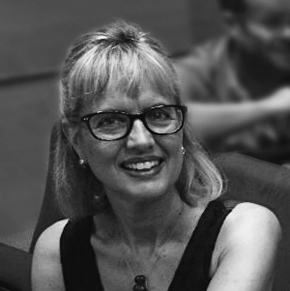
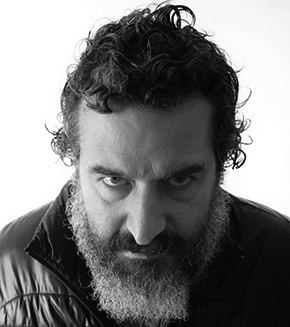
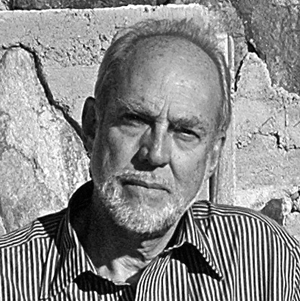
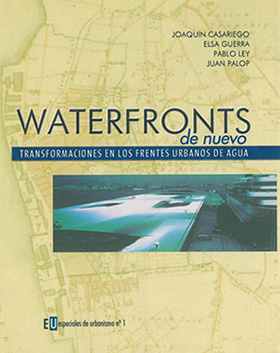




[...] 2003. The figure who led the first article in the section Thinking : The architecture of the African elites 24/09/2012 Posted by Federico Garcia Barba | April 8, 2013 | Category: [...]